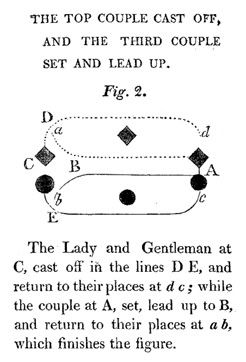Please excuse the length of this blog. It is a descriptive piece, although I do get into some analysis and my perspective near the end.
---------------------
I started to write a positive review of the
National Ballet School and its buildings, but I needed more information and had to return to the site to find out more. And that's when I changed my mind about the positive review, and decided to write it with the negative stance that I had tried to ignore in my initial observations.
The complex takes up two areas of downtown Toronto. See the map below:
There is a mixture of old Victorian buildings and modernist (postmodernist) glass boxes. Many of these buildings are named after former National Ballet dancers or philanthropists, and I wanted to get their names and contributions right, so I went to the sites for more information.
The first time I went to ask about a building called "The Shoe Room" I was met with an administrator who took my questions as some form of KGB interrogation, and made it clear she wanted me out as soon as possible. I reacted strongly, and said I was merely a Toronto resident interested in the culture and arts of the city. I left forgetting to get the most important information, which was on the ballet shoes left by famous (at least by Canadian standards) dancers on display at The Shoe Room.
Then I went next door to the glass high rise and asked more questions. This time, I was voiced my surprise that so many buildings make up this school, and asked about the name and function of this particular building. The front desk woman responded in the same rude, dismissive manner. And that is when I lost my temper. She backtracked and said that they have to "protect the girls," an insulting answer which implied that I was out to get these girls, like some pedophile child molester. I left perplexed at this behavior.
I went around the corner to the adjacent complex of buildings on Maitland Street (see map above) to find out more about the names of buildings and architectural styles in this complex. The woman there was more obliging, but she was not part of the NBS, having rented out the hall for another function.
I went next door to yet another NBS complex, and once again, the woman at the reception made it clear without mincing her words that this was the "girls' residence" (are there no "boy" dancers, and where do they stay?), and that I had to leave. Again, I was labeled a potential pedophile in no uncertain terms.
I took photos of this building, and decided to find out the information online. But that wasn't much help, so I decided today to finish off this project I had started to find out more about this important cultural center, close to my home, and which I pass by almost daily.
This morning, I reluctantly set off again to fill in the missing gaps.
I asked once again the woman (another one, this time) at the reception desk at the high rise complex my usual, simple questions: name of the building, and function of the building. The woman responded in the same rude and dismissal manner as all the others. Then I said (paraphrasing): "Look, Madam, I am asking simple questions about an important cultural center. There is no need to speak to me in that rude manner." Then, having nothing left to do, the women said, "You have to leave the building please." I was expecting some reaction, so I said, "I will tell everyone I know not to come to the National Ballet school, that the dancers are not all that good, and the shows are not worth their price. And to my non-Canadian friends, that Toronto is an unfriendly city and not worth the visit ." I said this in front of young dancers coming in for their classes, loudly and clearly. Then I left.
I was followed by a "security guard," a dark-skinned Third World immigrant who is participating in this subtle policing that is becoming common in Toronto these days. I told him that I did nothing wrong, but he replied that he didn't think so. "What have I done, then?" I asked. "You cannot take photos of the girls," came that odd reply. By this time, I was really furious, and told hem that he can go back inside to his stupid little job. He lingered, watching me. I could have called out "pervert on the loose" and found a real policeman.
Still, I had set out to do more than getting entangled with this bizarre situation. So, I went around the corner to verify information about the school's other complex. Another dark-skinned, Third World immigrant had been sent out to "keep an eye" on me. I gave him a scornful look, took my photos away from the "property" of the school, and left.
Here is the email I sent to a "to whom it may concern" in the "contact us" page of the NBS website (a generic box to fill in and submit):
To whom it may concern,
This morning, Sunday October 23 around 10:30am, I was at the National Ballet School, inquiring about the school, and the various buildings that make up the school.
I was met with a hostile receptionist, who wanted me out of the building as quickly as possible.
When I confronted the middle-aged woman about her rudeness, she called security, and threatened to "call the cops."
Her response was rude, unexpected, and unacceptable. I told her as such.
This caused her to tell me to "leave the premises" or otherwise she would "call the cops."
I left, with a security guard hovering behind me.
Please take care of this situation, namely the behavior of the receptionist. I expect an apology from her.
Please let me know of the outcome of your investigation, since I intend to take this incident to whatever level required in order to have an apology from your institution.
Kidist Paulos Asrat
I was serious about the quality of the school and of the ballet company. It is a
second tier performance group, and even Baryshnikov, who
defected from the Soviet Union to Canada in 1974 and was given asylum in Toronto, preferred to leave for the United States, joining the New York City Ballet and on to a prestigious career post-Soviet Union.
Currently, the ballet has a foreigner as a principal dancer, but this happens to be a Chinese-trained female dancer. I doubt that any American ballet company would want her. Imagine watching Swan Lake performed by a Chinese dancer? How are these young NBS dancers, guarded so strongly by these women as though they have brittle bones that could break at a glance, supposed to reconcile the story of Swan Lake with a Chinese face? How is that "protecting" young Canadian dancers?
I tried to find out about more about the Chinese dancer, Xiao Nan Yu. Whether she was married to a white Canadian as is becoming the norm here in Toronto, how she got into Canada in the first place, etc. Here is an
excerpt of her biography from NBS website:
Born in Dalian, China, Xiao Nan Yu trained at the Shen Yang School of Dance, the Beijing Dance Academy in China and Canada’s National Ballet School. She joined The National Ballet of Canada in 1996 and has been a Principal Dancer since 2001.
Here are
photos of her from the NBS site. Note her aggressive expression. And her
official portrait at the NBS website shows a hard glint in her eyes, the triumphalist Asian behavior that I'm observing in Asians (here are my blogs on designers
Wang and
Doo-Ri). Here is Yu
dancing the role of Odette in Swan Lake, an Asian face in a Western role.
I searched for her family background, since she has
photographs of her with an Asian-looking daughter on her NBS profile. I was actually looking to see if she married a white Canadian once in Canada. But this website briefly mentions her
marital situation:
Xiao Nan Yu, principal dancer with The National Ballet of Canada, and her husband Shuang are the proud parents of a baby girl named Ava, born in November.
The daughter is given the convenient English name of Ava (as in Gardner?!). Yu may not have her "Canadian" life, but she will make that easier for her daughter, including making it easier for her to nab that
white Canadian husband.
Part of the ballet school houses the training rooms for the young dancers. These training rooms are in the taller building made of glass, and the students practicing, rehearsing and training are in
full view of pedestrians below.
Is this the way to "protect" young girls, who can be the prey of lurking (real) pedophiles and sex criminals watching and waiting from below?
Here's what the NBS
informs us about one of the buildings, The Margaret McCain Academic Building:
8 academic classrooms; laboratories for computer, science and photography studies; art studio; audio-visual room; music room; ESL room; and study rooms.
Is the ESL (English as a Second Language) program for those potential Chinese dancers?
Barely visible on the
taller highrise is:
The choreography of the opening scene of The Nutcracker...in the suspended frit glass of the south pavilion facade in Benesh notation.
What kind of designer would put illegible (comprehensible is another matter) scribblings on a glass panel? The script is too small, too faint and too high up to be noticed by people below. A waste of an idea, and the money that went into the clearly elaborate engravings.
Sculptures of a swan and a cherub are at the front entrances of a couple of these buildings. The title for this series of sculptures of swan and cherub in various poses is "Desire." One of my question for these hapless receptionists was, "why desire?". Having received no answer, I can deduce that the swan desires the cherub. So who's the pedophilia now! In fact, all the other works of Tom Dean, the sculptor of this series, are dark and macabre. Here's one titled "Sloth" displayed at the Edward Day Gallery. Here's how the gallery
describes Dean's work:
In Dean’s The Peaceable Kingdom, serene beasts coexist in a precarious sensual paradise. The leopard lies with the goat kid, the sow and the anaconda are in love and the child and the bear are intimate. But it could collapse in a moment into sex and violence as a demon beaver leads berserk rats into paradise, and a giant vulture waits patiently to pick up the pieces.
And from the brochure that I managed to pick up at the NBS glass structure during my first visit there, this explanation:
Collectively entitled Desire, Canada's National Ballet School's striking suite of bronze sculptures by Toronto artist Tom Dean is rife with enough meanings to inspire a Grade 12 essay...[T]he artist sees his five pairs of life-size sculpted Mute swans and putti (cheeky boy babies of angelic appearance) as representing "the freighted relationship between maturity and youth" or, as teachers like to say, the "mentor-student" relationship.
Freighted relationship between maturity and youth? "Student-mentor" relationship? Between a swan and a cherub? I should add that along with pedophilic connotations, there is an element of
zoophilia in Dean's imagery (and life?). I wonder if
he's a homosexual?
Andy Fabo, the author of the Canada Council for the Arts gushing write-up for Dean linked to in my previous sentence, is certainly part of Gay Toronto.
Finally, the head architect of
the firm that designed the building (if one goes by the name sequence of their firm, and the distanced stance of
the man on the far left), is an
Asian. A final knot that ties together Asian triumphalism with mediocrity, and the West's infatuation with all thing Asian.
---------------------
I was looking forward to showcasing some of Toronto's cultural buildings. I wondered at the rude behavior of these women. I think it is surprise at a non-white person showing interest in high, Western, culture. Third World immigrants are not supposed to act "white" and have interest in ballet, opera, concerts, art and architecture. They are supposed to stay in their quaint, exotic enclaves, practicing their quaint, exotic culture (as far away from us as possible), leaving us only safe vestiges of their colorful clothes and spicy (not too spicy) foods.
But, I showed up in my Western clothes, dressed in a
salmon/tan coat with matching tan hat and scarf, and white woolen gloves, looking far smarter than the white liberal Third-World-wannabes that roam our streets in their ugly clothes, and middle-aged women (like the receptionists at the NBS) in sloppy pants and shapeless sweaters who would put to shame their grandmothers who took such care with their appearances. That triggered their wrath. "How can a Third Worlder look better than us?" I really think is their rage. At the end of the day, for all their talk of "equality," they simply want these Third Worlders under their thumb, looking pathetic (and worse, and worse off, than them), begging for crumbs. That way, they can pour on them all the "
good will" that they can muster, and feel good about themselves. And let's not forget the conveniently located exotic restaurants where the food is not too spicy, where they can "participate" in all the wonderful (at a distance) cultures of the (Third) world.
As I understand it, the benefits of multiculturalism are that the sterile white-bread cultures of Australia, Canada and Britain get some great ethnic restaurants and a Commonwealth Games opening ceremony that lasts until two in the morning. [Mark Steyn on Canadian multiculturalism.]
I don't agree with Steyn's "sterile, white-bread cultures of Australia, Canada and Britain," but for whatever reason, ethnic foods and "exotic" lifestyles have caught the attention of these people, and they are willing to discard their sophisticated cultures for humus and tacos.
Architecture, art, culture and society have converged to give us mediocrity. And Canada is the perfect example of this amalgam.
Read More...
^Top
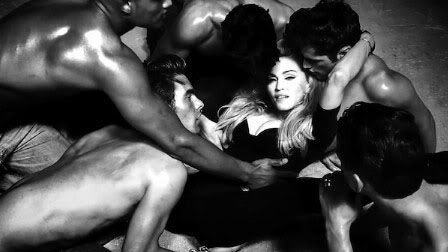
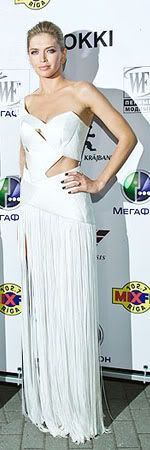
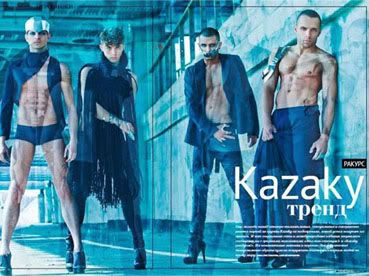

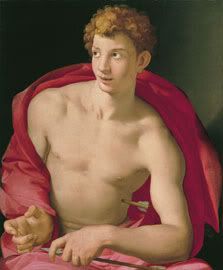
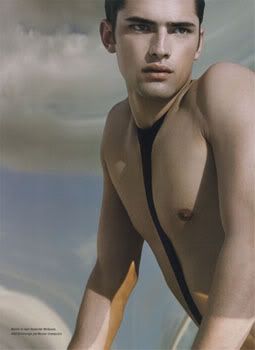
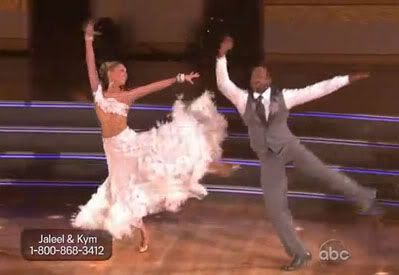
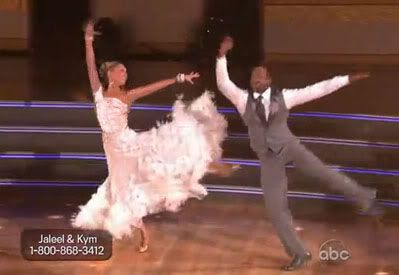
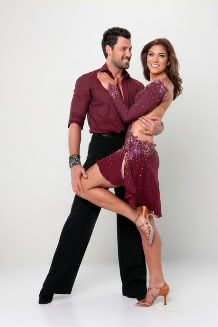



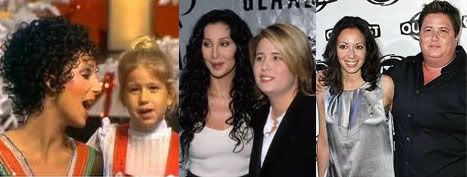
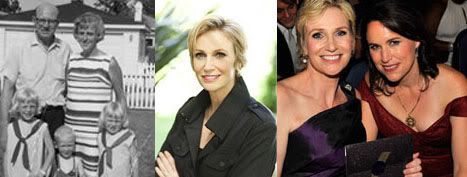


.jpg)

